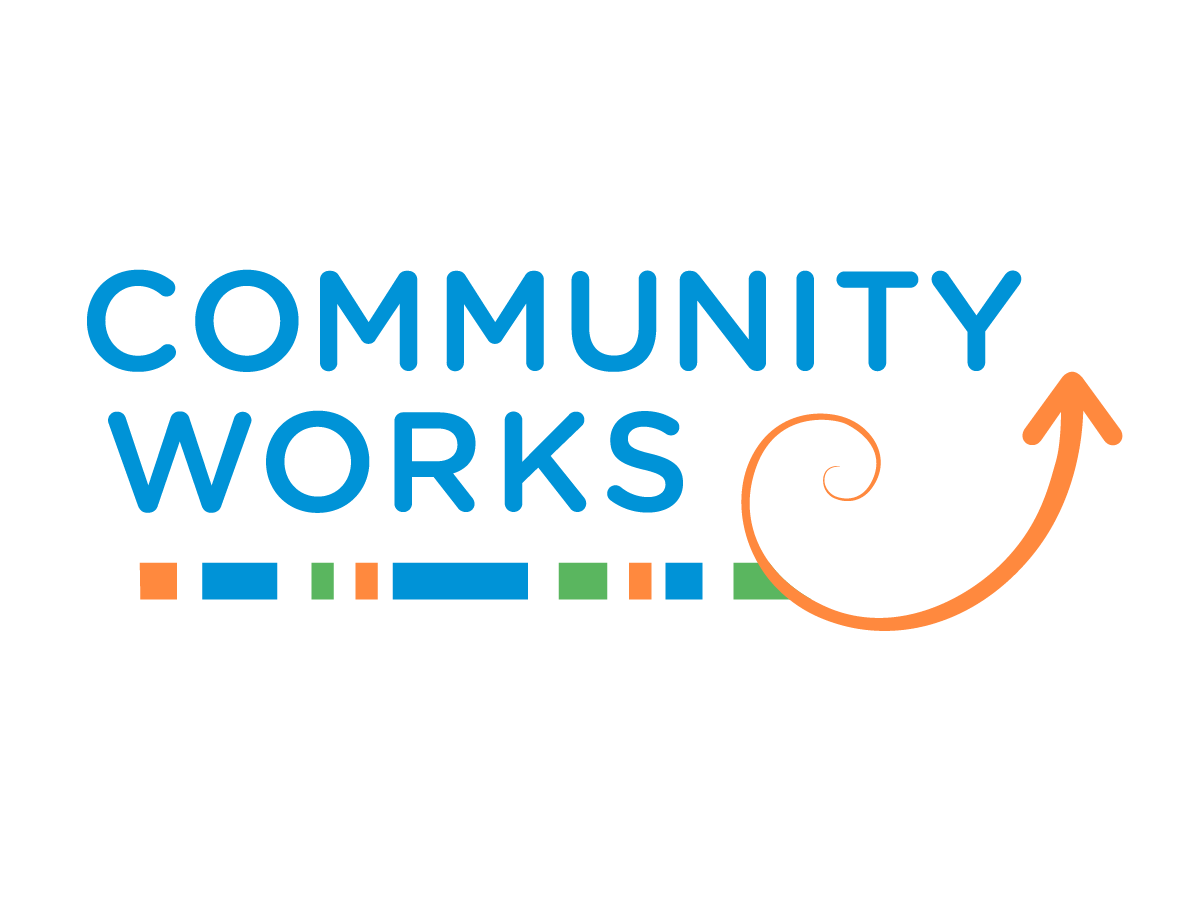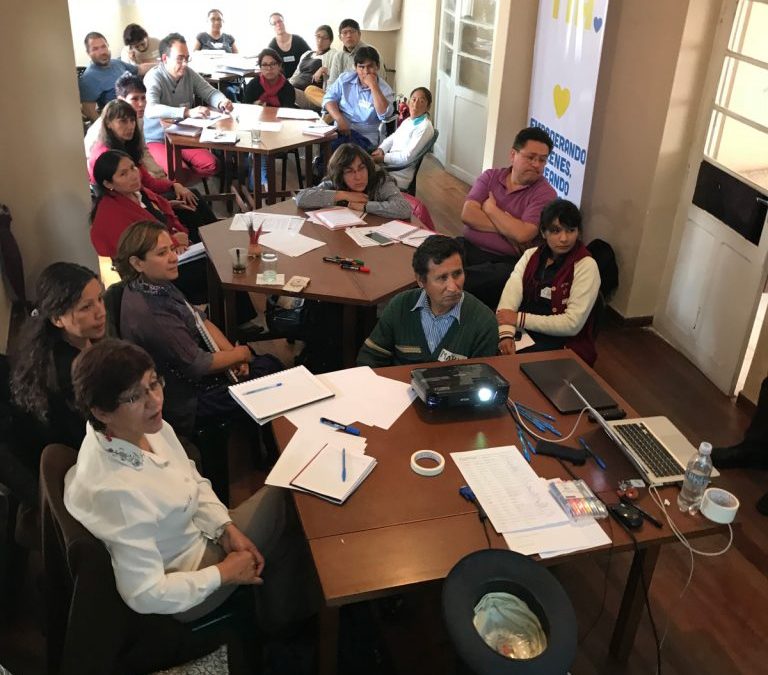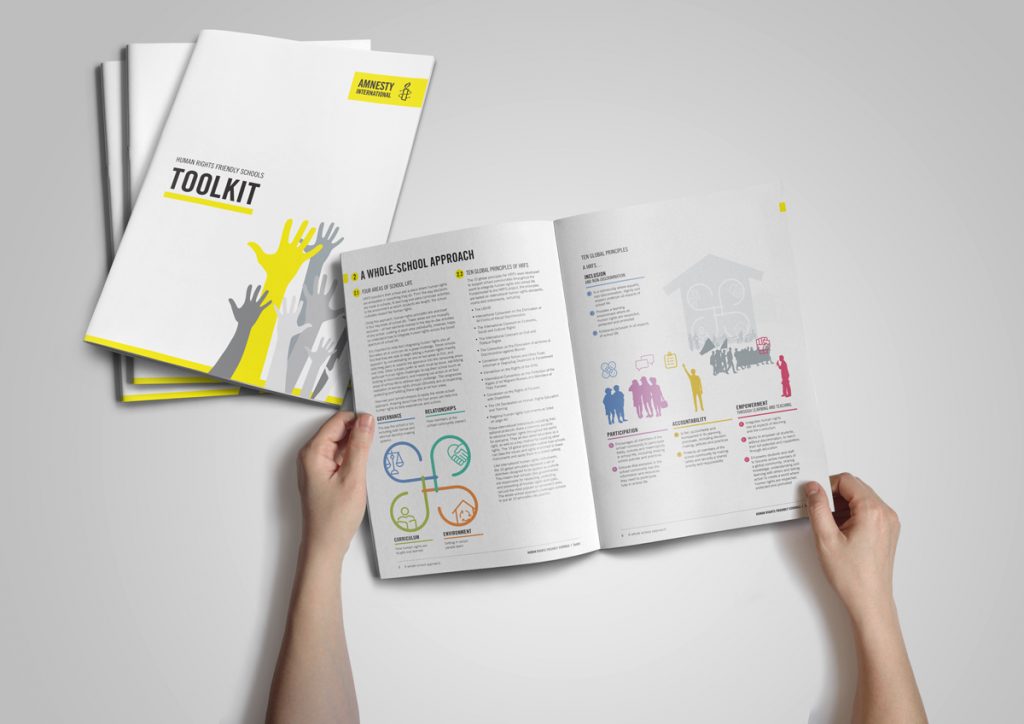The complex mosaic of health promotion
![]()


Since 2015, Community Works has contributed to the work of the National Best Practice Unit…
Steve FisherAugust 6, 2018







